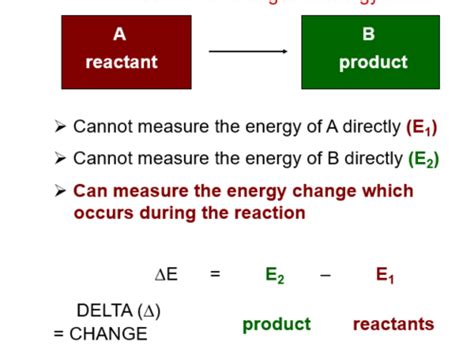In the realm of chemistry, thermodynamics plays a pivotal role in understanding the energy transformations that govern chemical reactions. The study of thermodynamics provides a framework for predicting the feasibility and direction of reactions, offering invaluable insights into the behavior of matter at the molecular level.

A Journey into the World of Energy
Thermodynamics revolves around the concept of energy, the capacity to do work. Energy manifests in various forms, including heat, light, and chemical energy stored within bonds between atoms. The first law of thermodynamics states that energy cannot be created or destroyed, only transferred or transformed from one form to another.
The second law of thermodynamics introduces the concept of entropy, a measure of disorder or randomness within a system. Entropy tends to increase over time, leading to a spontaneous drift towards disorder. This principle has profound implications for understanding the direction and spontaneity of chemical reactions.
Gibbs Free Energy: The Key to Reaction Feasibility
Central to the study of thermodynamics is the concept of Gibbs free energy (G). Gibbs free energy combines enthalpy (H) and entropy (S) to provide a measure of the maximum work that can be extracted from a system at constant temperature and pressure. The change in Gibbs free energy (ΔG) determines the spontaneity of a reaction:
- ΔG < 0: The reaction is spontaneous and proceeds without the need for external energy input.
- ΔG > 0: The reaction is non-spontaneous and requires an external energy source to proceed.
- ΔG = 0: The reaction is at equilibrium, with no net change in Gibbs free energy.
Enthalpy and Entropy: The Dance of Energy and Disorder
Enthalpy (H) quantifies the amount of heat absorbed or released during a reaction at constant pressure. A negative ΔH indicates that heat is released, while a positive ΔH indicates that heat is absorbed. Entropy (S), as mentioned earlier, measures the degree of disorder within a system. A positive ΔS indicates an increase in randomness, while a negative ΔS indicates a decrease in randomness.
Applications: Reshaping the World with Thermodynamics
Thermodynamics finds widespread application in numerous fields, including:
1. Thermodynamics in Energy Conversion:
– Power plants harness thermodynamics principles to convert heat into electricity, enabling the generation of clean energy sources.
2. Thermodynamics in Combustion Engines:
– Thermodynamics optimization in combustion engines improves fuel efficiency, reducing emissions and enhancing performance.
3. Thermodynamics in Chemical Manufacturing:
– Pharmaceutical and chemical industries rely on thermodynamics to design and optimize processes for efficient production of valuable materials.
4. Thermodynamics in Environmental Science:
– Thermodynamics helps predict the behavior of pollutants in the environment, aiding in the development of remediation strategies and pollution control measures.
Tables for Reference
1. Thermodynamic Variables
| Variable | Symbol | Units | Description |
|---|---|---|---|
| Enthalpy | H | kJ/mol | Heat absorbed or released at constant pressure |
| Entropy | S | J/mol K | Measure of disorder or randomness |
| Gibbs free energy | G | kJ/mol | Maximum work that can be extracted at constant temperature and pressure |
2. Thermodynamic Equations
| Equation | ΔG | H | S |
|---|---|---|---|
| Standard-state condition | ΔG° = ΔH° – TΔS° | ΔH° | ΔS° |
| General condition | ΔG = ΔH – TΔS | ΔH | ΔS |
3. Standard-State Enthalpies of Formation
| Species | ΔH°f (kJ/mol) |
|---|---|
| H2O(l) | -285.83 |
| CO2(g) | -393.51 |
| NH3(g) | -46.11 |
4. Standard-State Entropies
| Species | S° (J/mol K) |
|---|---|
| H2O(l) | 69.91 |
| CO2(g) | 213.6 |
| NH3(g) | 192.8 |
Conclusion
Thermodynamics is an indispensable tool in chemistry, providing a deep understanding of energy transformations and their impact on chemical reactions. By delving into the intricacies of Gibbs free energy, enthalpy, and entropy, we can harness the power of thermodynamics to innovate solutions for a wide range of challenges, from energy production to pollution control.
